Online Marketplace for Local Goods | Fresh Produce & Artisan Products

💡 Want more business insights? Stay ahead of the curve with our exclusive updates!
👉 Join our Telegram channel for daily business ideas and expert tips.
👉 Follow us on Facebook to never miss a trend or update!
Don’t just read—connect, grow, and innovate with us today!
Creating an online marketplace for local goods is an excellent opportunity for entrepreneurs interested in sustainability, community building, and supporting small businesses. Below is a step-by-step guide to help you launch a platform that offers fresh, locally sourced products from farmers to consumers.1
Step 1: Research & Identify Your Niche

Investment: $1,000 - $3,000 for market research and business planning
Before you begin, it's crucial to understand your target market and identify the specific products you want to offer. Focus on locally grown produce, dairy, meats, or artisanal products. Depending on your region, you might also consider offering unique items like organic grains, honey, or handmade crafts.
Actionable Tip: Survey your local community or conduct online research to understand consumer preferences and demand. Determine which products are most sought after and identify local farmers and producers who can provide those goods.
Step 2: Build the Marketplace Platform
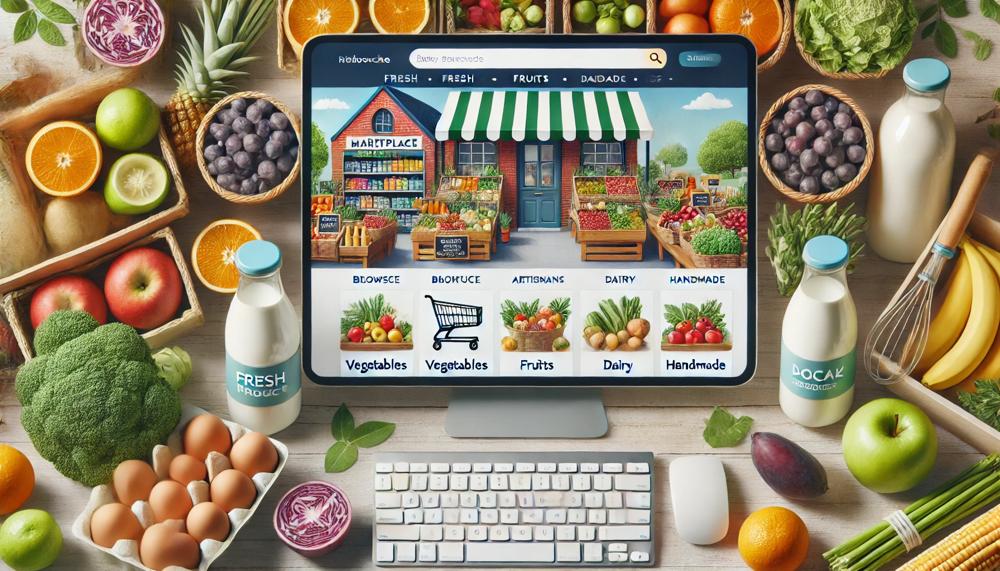
Investment: $5,000 - $20,000 (depending on complexity) for website development, hosting, and design
The heart of your business will be the e-commerce platform itself. You’ll need a user-friendly website or mobile app where customers can browse products, place orders, and make secure payments. This can be done by hiring a web development team or using platforms like Shopify or WooCommerce, which offer customizable solutions for marketplaces.
Actionable Tip: Choose an e-commerce platform that supports product listings, payment processing, and an easy checkout process. Make sure it’s mobile-responsive since many consumers shop using smartphones.
Step 3: Partner with Local Farmers and Producers

Investment: Minimal upfront costs for outreach and relationship building (could range from $500 to $2,000 for communication, contracts, and initial product procurement)
Reach out to local farmers, ranchers, and artisans who produce high-quality goods. Negotiate fair prices and ensure that the products you sell align with your platform’s values of sustainability and local sourcing.
Potential Revenue: You can earn 5% - 15% commission on each sale made through the marketplace. If the average order is $50, you could earn $2.50 - $7.50 per transaction.
Actionable Tip: Build relationships with suppliers by offering flexible contract terms or a commission-based model. This allows small-scale farmers to enter the marketplace without heavy upfront costs.
Step 4: Develop a Logistics and Delivery Strategy
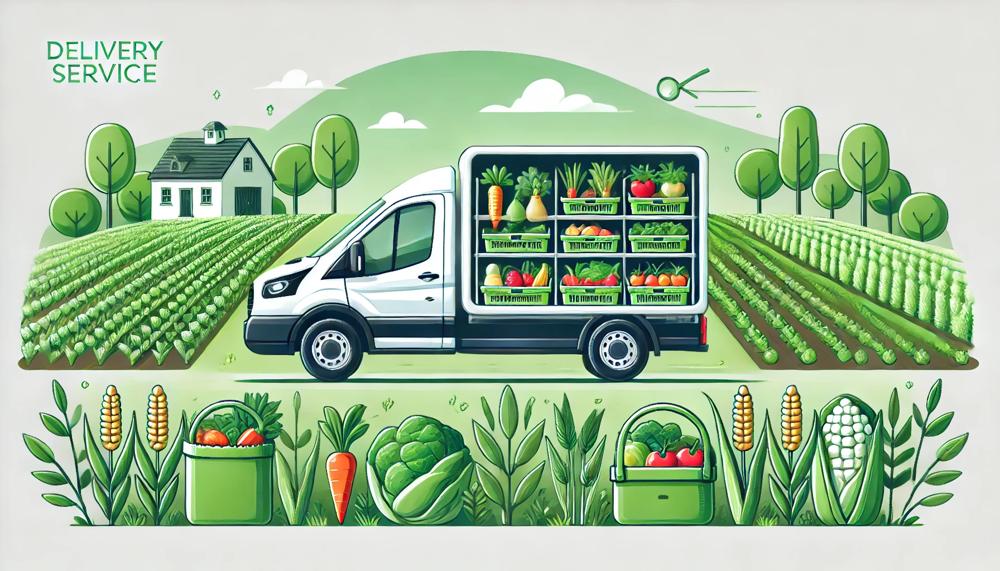
Investment: $3,000 - $10,000 for delivery infrastructure, initial packaging, and partnering with logistics providers
Logistics is key to ensuring that products reach customers fresh and on time. You’ll need to decide whether you want to handle delivery in-house or partner with local delivery services. Depending on your location, delivery methods could include subscription boxes or on-demand delivery.
Potential Revenue: Delivery fees could range from $5 - $15 per order, with potential for higher fees on long-distance deliveries. If you have 1,000 customers per month, this could add an extra $5,000 - $15,000 to your monthly income.
Actionable Tip: Start by offering local deliveries, and then gradually expand your service area. Focus on sustainability by using eco-friendly packaging and partnering with green delivery services if possible.
Step 5: Market Your Platform
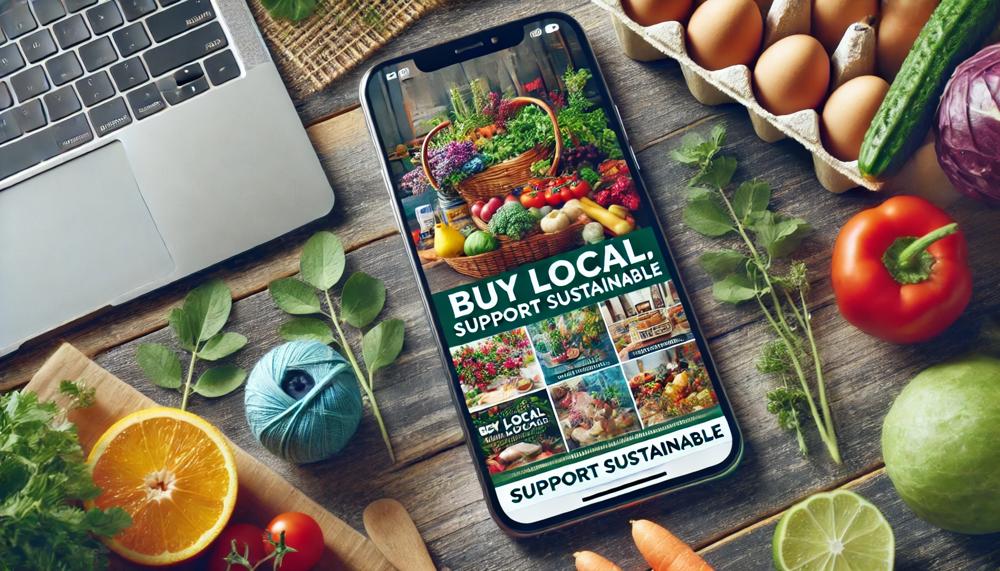
Investment: $2,000 - $5,000 per month for digital marketing (ads, SEO, influencer partnerships)
With your marketplace set up, it’s time to spread the word. Utilize digital marketing strategies, including social media advertising, influencer partnerships, and local SEO, to target consumers in your area. Highlight the environmental and health benefits of buying local and sustainable products.
Potential Revenue: A well-targeted ad campaign can generate between $5,000 to $20,000 in sales per month, depending on your reach and conversion rates. If you achieve a 2-5% conversion rate on your ads, this could translate to 100 - 500 sales per month from paid marketing alone.
Actionable Tip: Offer limited-time discounts or free delivery on first orders to entice new customers. Additionally, partner with local events like farmers' markets or sustainability festivals to promote your platform.
Step 6: Focus on Customer Experience

Investment: $500 - $2,000 for customer service tools and ongoing support
Your customers’ experience will make or break your platform’s success. Ensure smooth, hassle-free purchases by offering easy navigation, clear product descriptions, and reliable customer service. Create a seamless experience from browsing to checkout and offer a satisfaction guarantee to encourage repeat customers.
Potential Revenue: If you focus on customer retention, you can expect 30% - 50% of customers to return for repeat purchases. Loyal customers can contribute up to 60% of your total revenue over time.
Actionable Tip: Provide personalized recommendations based on customer preferences and past purchases. A loyalty program can also incentivize repeat purchases by offering discounts or exclusive deals.
Step 7: Scale and Diversify
Investment: $10,000 - $50,000 for expanding service areas and product categories
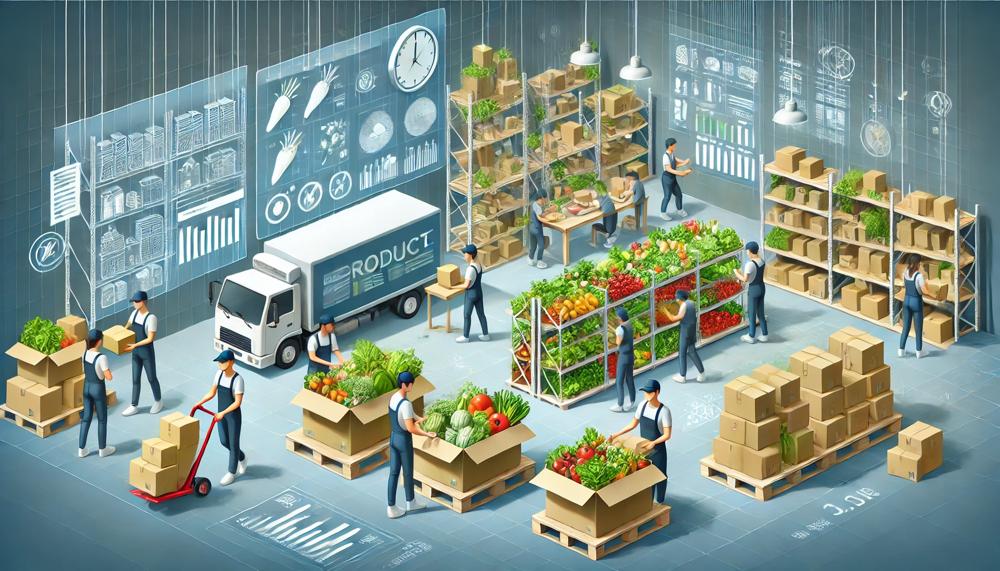
Once your platform is operational and generating consistent revenue, explore opportunities to scale your business. Expand to new geographic areas, add new product categories, or offer subscription-based services for regular deliveries.
Potential Revenue: By scaling to a wider market, you could see a 20% - 50% increase in revenue each quarter. For instance, if your monthly revenue is $30,000, expanding to a larger market could potentially grow it to $36,000 - $45,000 per month.
Actionable Tip: Use data analytics to track purchasing patterns and customer preferences, allowing you to refine your offerings and adapt to changing trends.
💡 Want more business insights? Stay ahead of the curve with our exclusive updates!
👉 Join our Telegram channel for daily business ideas and expert tips.
👉 Follow us on Facebook to never miss a trend or update!
Don’t just read—connect, grow, and innovate with us today!













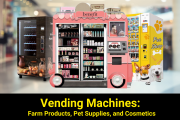







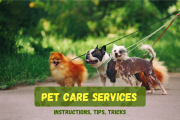















.jpeg)













Note: Comments are being moderated and may take a while to appear. There is no need to resubmit your comment.